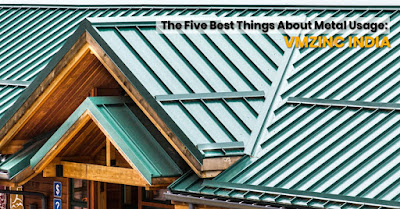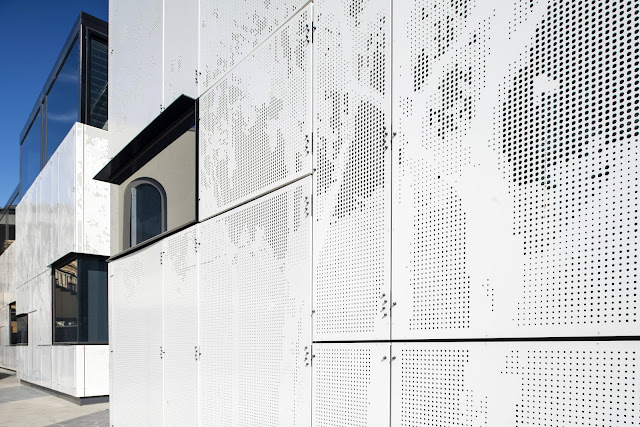The Emergence of Single Skin Metal Façade Era in India
Zinc has a long and rich history as a building material. It has been used to clad and roof buildings in India for an extended period. It has gained popularity over the last several decades due to its sustainability, resiliency, recyclability, and versatility. The benefits of architectural zinc goods support requirements for many federal and state green building initiatives.
Development
One of the most important aspects of any architectural project is the metal facade. It not only serves as the first line of protection against heat, rain, snow, and wind, but it also has a significant impact on a building's appearance. It can make the project stand out, blend into the urban context, or even manifest, at first glance, the architect's values of transparency, lightness, or simplicity. As a result, the facade companies in India account for a sizable portion of the project's overall performance. Aesthetics, reliability, repair, and long-term behaviour must be carefully defined.
There is a wide range of options for facade design, which may differ depending on the region where the project is located. Mortars, exposed bricks, wooden boards, natural stones, tiles, and metal sheets are standard options that necessitate specific design and installation processes and contain minor variations and inaccuracies inherent in raw materials. Architects' primary concerns, on the other hand, are:
The reduction of unpredictability throughout the building's life.
The requirement for quick, dry, and waste-free construction.
Using raw materials, modular, lightweight solutions with quick and easy fastening systems can reduce setbacks and problems.
Challenges
Potentially problematic areas include:
preventing moisture penetration;
ensuring that joints are appropriately designed;
addressing hurricane resistance codes and coastal areas
Paying close attention to how metal cladding interacts with windows, doors, and other types of cladding.
The Basics of Metal Cladding
Metal cladding is available in a variety of sizes and thicknesses, and it can be custom-fabricated for specific projects: Single-skin metal panels are available with concealed or exposed fasteners.
Metal composite materials panels are made up of two sheets, most commonly aluminium or steel bonded to a polyethene core. These panels are made into panels by combining perimeter extrusions to create attachment and joinery systems.
Zinc is a low-waste metal that is easy to produce. Architectural grade zinc alloys, unlike some synthetic materials used in façade applications, contain no impurities that can leach heavy metals into the soil or release them into the atmosphere. Zinc is not combustible, is not affected by UV rays, and does not rot, rust, or require repainting. Zinc, manufactured into wall cladding and façade designs, requires no hazardous cleaning chemicals and little effort to maintain once installed on the facade.
Another critical value that zinc provides is longevity. Architectural zinc can maintain its self-healing, low-maintenance, corrosion-resistant performance, and a potential lifespan of 100 years or more when used in metal cladding and wall cladding systems. At the end of a zinc product's useful life on a building, the material is 100 percent recyclable and retains its original properties.




Comments
Post a Comment